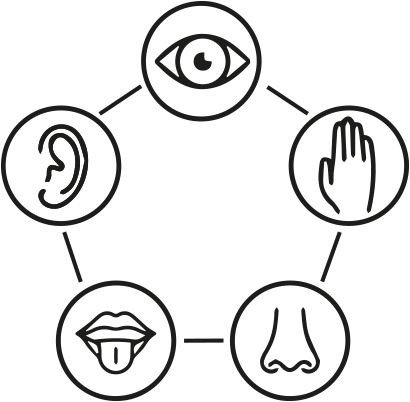Sound of Sustainability
| Sound of Sustainability
2020 Institute of Sustainability Governance Leuphana University Lüneburg Coordinator & main teacher
Co-teacher
|
| Intended learning outcomes (more on programme level)
Like in the other two seminars, the basic approach again was to connect the scientific analysis with strategies of arts-based approaches, in this case of sound art. |
| Learning objectives (course specific)
Mediation and practical testing of scientific and art-based analysis and design approaches of sensory sustainability research. |
| Objective statement (course description)
Climate change, loss of species or energy transition are examples of the major challenges of (un)sustainable developments. Because it is often about future projections and global chains of effects, public debates on problem analyzes and design options are characterized by a high level of complexity and abstraction. In addition to this cognitive-discursive level of debate, changes in (non)-sustainable development can also be experienced in concrete terms. Sensory sustainability research has set itself the task of systematically recording the sensory-aesthetic reality of the experience of sustainability transformation. With ethnographic and art-based methods, the focus is on the multi-sensory perception of phenomena. In this seminar, in cooperation with the musician and sound artist Kaspar König, we want to trace the sound of (non-)sustainable development – from the buzzing of bees to electromobility, from electricity storage and distribution to extreme weather. |
| Type of course :
Skills & content course |
| Target group :
Undergraduate students |
| Pedagogical approach:
Experiential learning; sense-based learning; learning-by-doing |
| Activities:
1. Introduction: Topic, method, way of working, goals 2. Conceptual and empirical foundation of sustainable development 3. Sensory sustainability science: conceptual and methodological foundations 4. Sensory (acoustic) ethnography: conceptual and methodological foundations 5. Noises, tones, sounds: conceptual and empirical foundations of sound art 6. Research subjects: topic identification and organization of study groups 7. Ethnographic and arts-based analysis of selected topics 8. Ethnographic and arts-based analysis of selected topics 9. Sound art: design strategies and techniques 10. Ethnographic and arts-based sound design of selected topics 11. Digital presentation of group work (1) 12. Digital presentation of group work (2) 13. Synthesis and outlook
|
| Assessment of learning:
Groups of 3-5 students were asked to produce a soundclip and an accompanying scientific reflection paper (10-15 pages), in which the analysed sustainability issue is described based on relevant scientific literature, the procedure of sound recording and design is outlined, and the potential of sensory sustainability reflected. Projects
|
| Effect (witness account, evaluation of the course)
/ |
Additional biblio sources
|
